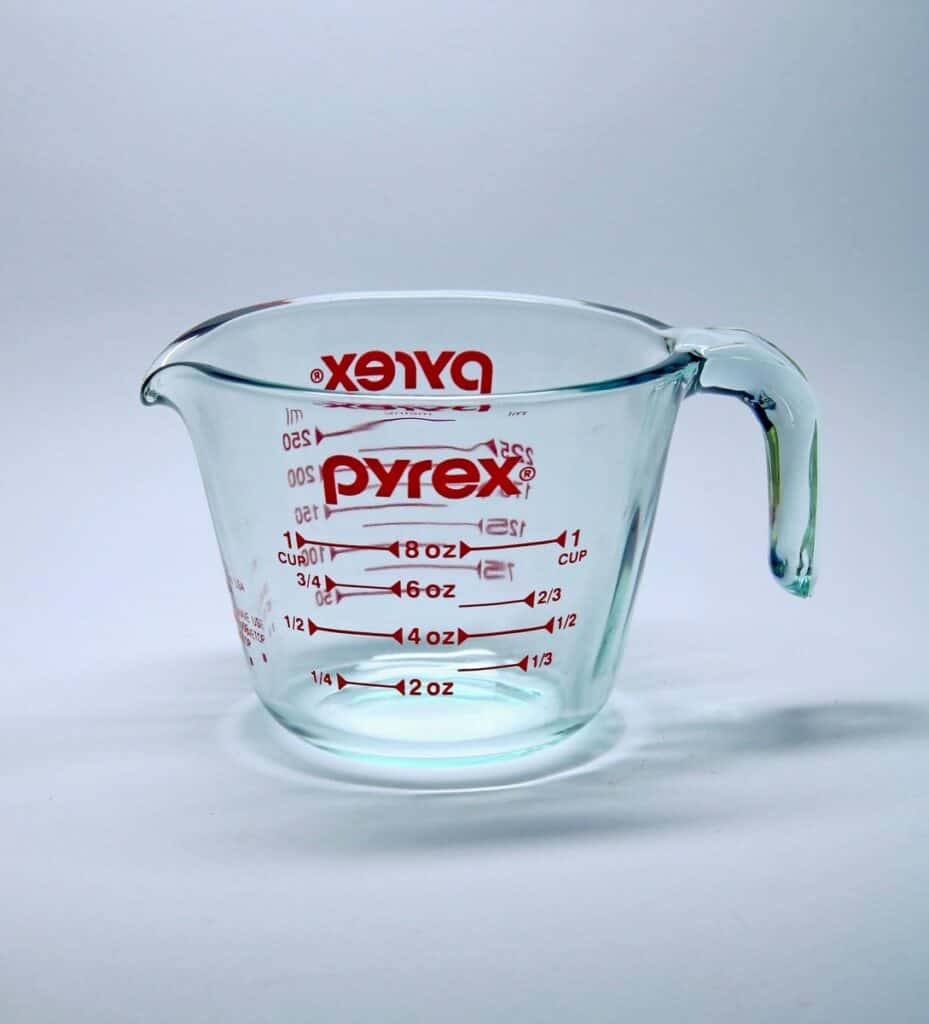Sir Sidney McSprocket’s been in action capturing facts – all about manufacturing!
Today he’s finding out all about Pyrex. It’s something you might have in your kitchen cabinet…
It’s a tough glass used for kitchen wear – you know, things like jugs and casserole dishes!

Pyrex is much stronger than normal glass. It can be used in the high temperatures of the oven without breaking. None of us want broken glass in a nice casserole!
The first step is to mix the materials. Like all glass, Pyrex contains silica sands – not unlike the stuff you build castles with at the sea side.
It’s mixed with other chemicals which help it to keep its strength. All those ingredients are pulverised – that means mashed up – so that all the tiny pieces are the same size.
The next step is to add the heat. A LOT of heat! The mixture is heated to sixteen THOUSAND degrees Celsius!

The silica and the chemicals are melted for a full 24 hours. This helps to get rid of any bubbles which might make the final glass weaker…
The next step is to pour the molten mixture into moulds – a mould is a rigid hollow shape – exactly the same proportions as the Pyrex item will be – perhaps a bowl shape or a jug.

It must be moulded quickly, as once it cools it will be stiff and strong.
A final polish and the marks on the item are added – if it’s a jug that’ll need measurements along the side. And then it’s ready to be packed and sent to the shops!
Here’s a fun fact about this convenient material… Some people think its called Pyrex because Pyra is the Greek word for PIE.
Truth of it is that the company who invented Pyrex made all sorts of dishes and containers but the first Pyrex item was indeed a PIE dish, so that’s the source of the word!
Sidney McSprocket is Fun Kids’ resident inventor!
When he’s not in Edinburgh, tinkering with wacky contraptions in his workshop, he’s finding out all about manufacturing!
In the latest series, Sidney is finding out about a whole load of everyday objects from tin cans and toothbrushes to plastic bottles and Pyrex…




 Apple Podcasts
Apple Podcasts Google Podcasts
Google Podcasts Player FM
Player FM Pocket Casts
Pocket Casts